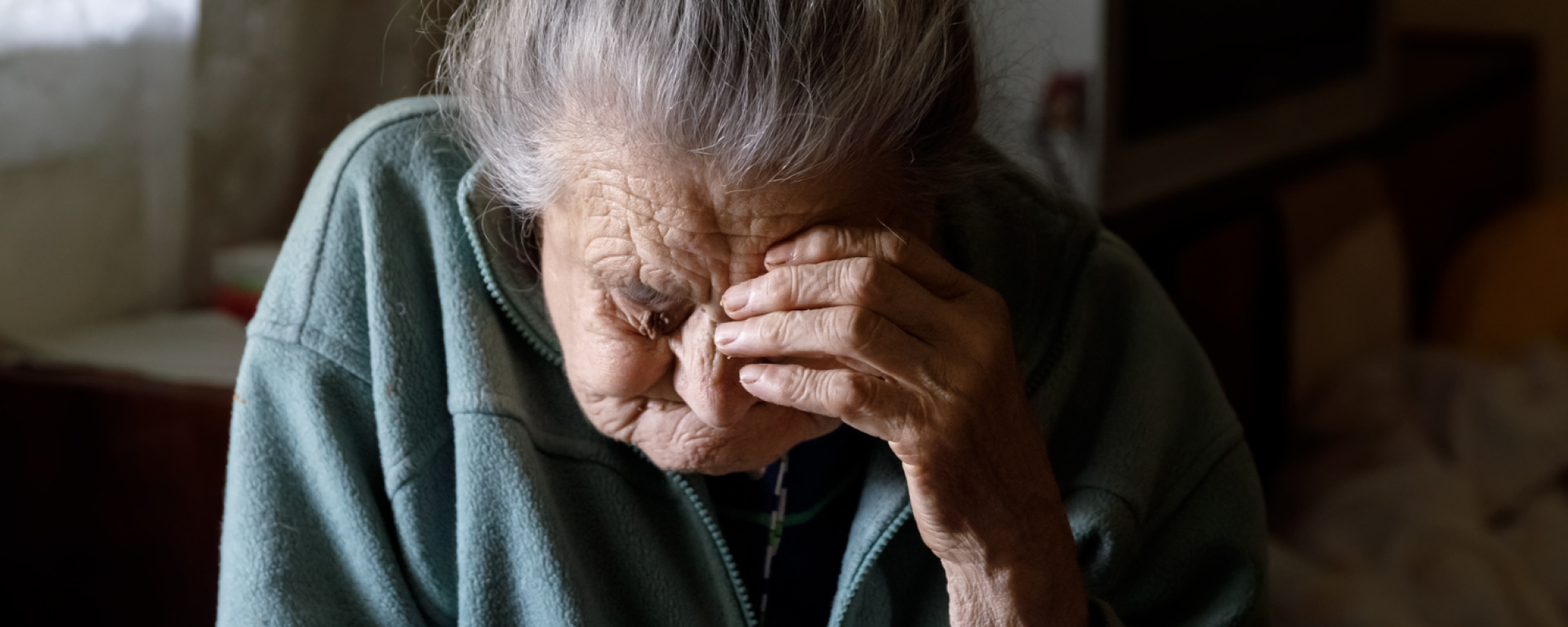Sleep Disorders
Sleep disorders pose significant health and quality of life challenges for individuals in post-acute and long-term care (PALTC) settings. Aging brings a natural alteration in sleep patterns. When combined with environmental, medical, and psychiatric factors, these changes can amplify, leading to clinically significant disorders that impact cognition, mood, and physical health.
Insights for PALTC Providers
- Variety and Prevalence: Common sleep disturbances in older adults include insomnia, sleep apnea, restless legs syndrome, and circadian rhythm disorders.
- Comorbidities & Mediation: Sleep disturbances often coexist with psychiatric disorders like depression, or neurological conditions such as dementia. Polypharmacy can also contribute to sleep disruption.
- Environmental Factors: Institutional settings, with their inherent noise and light disruptions, along with a lack of natural light exposure, can inadvertently compound sleep problems.
Strategies for Enhanced Sleep Health
- Assessment & Diagnosis: Utilize validated tools, like the Pittsburgh Sleep Quality Index, to evaluate the nature and extent of sleep disturbances.
- Individualized Interventions: Consider non-pharmacological interventions initially, such as cognitive-behavioral therapy for insomnia, sleep hygiene practices, and scheduled light exposure.
- Safe Medication Use: If pharmacological intervention becomes necessary, prioritize medications with safer profiles in older adults, monitoring for potential side effects or interactions.
